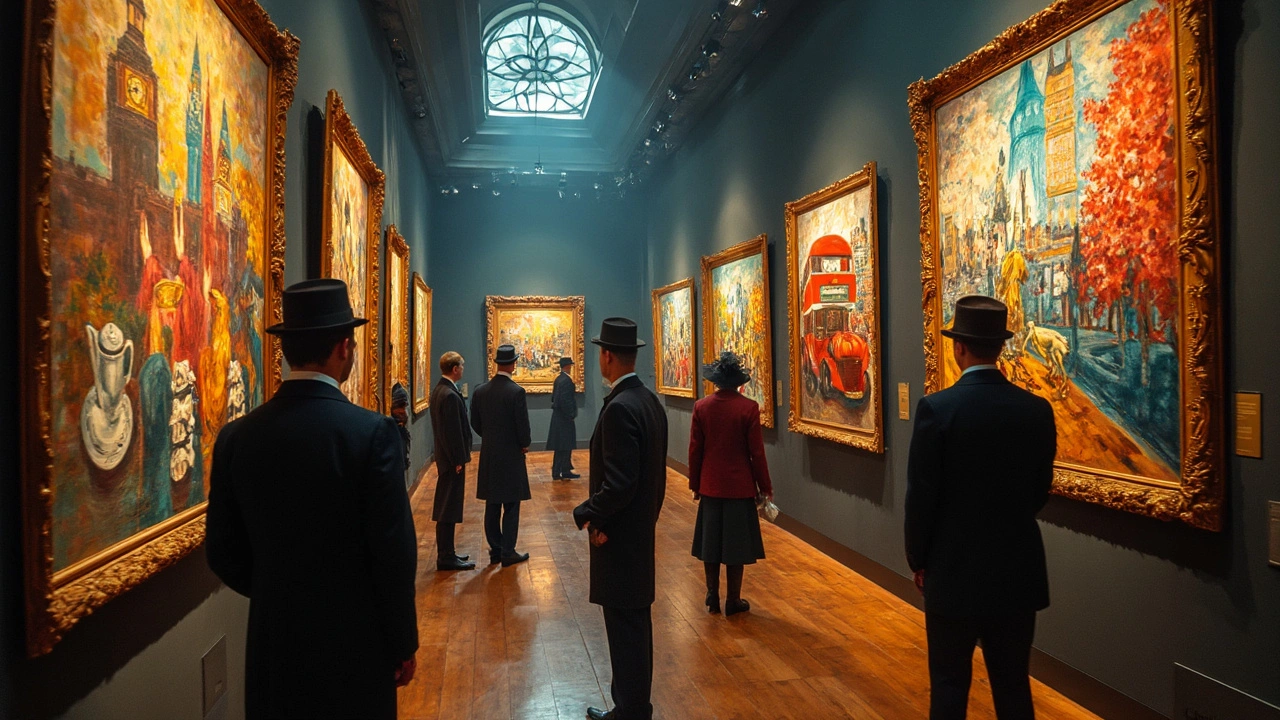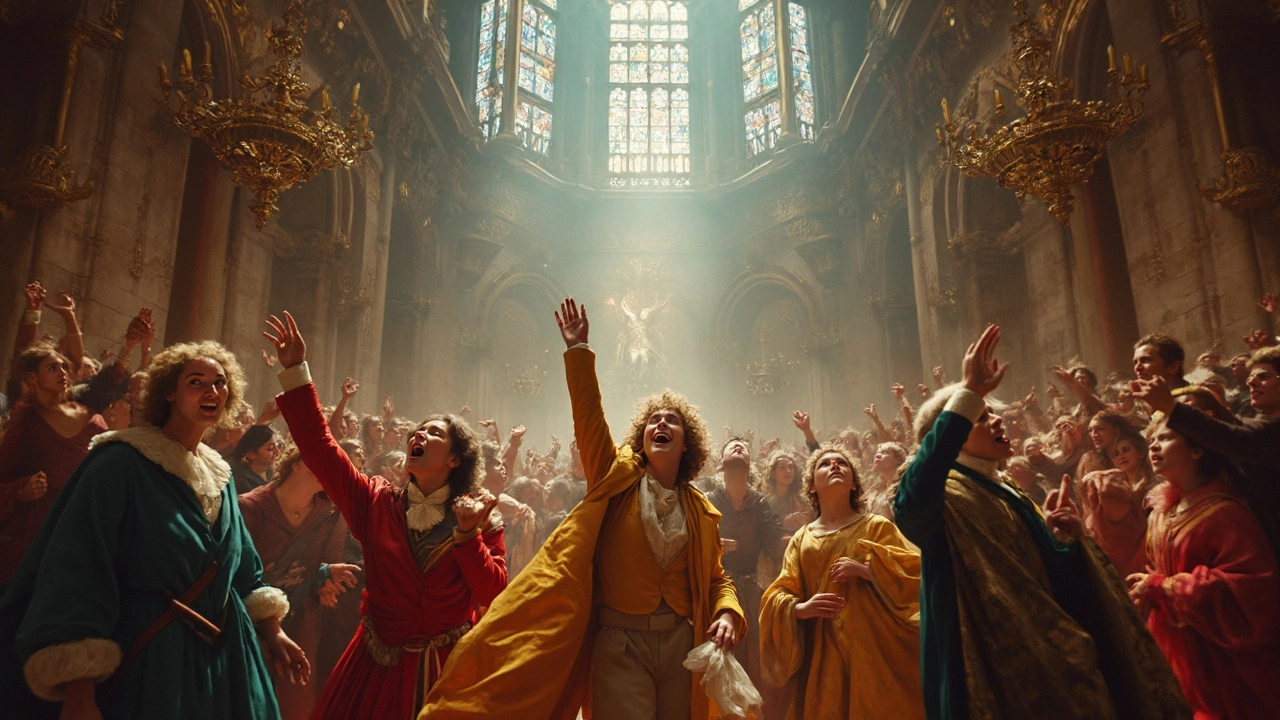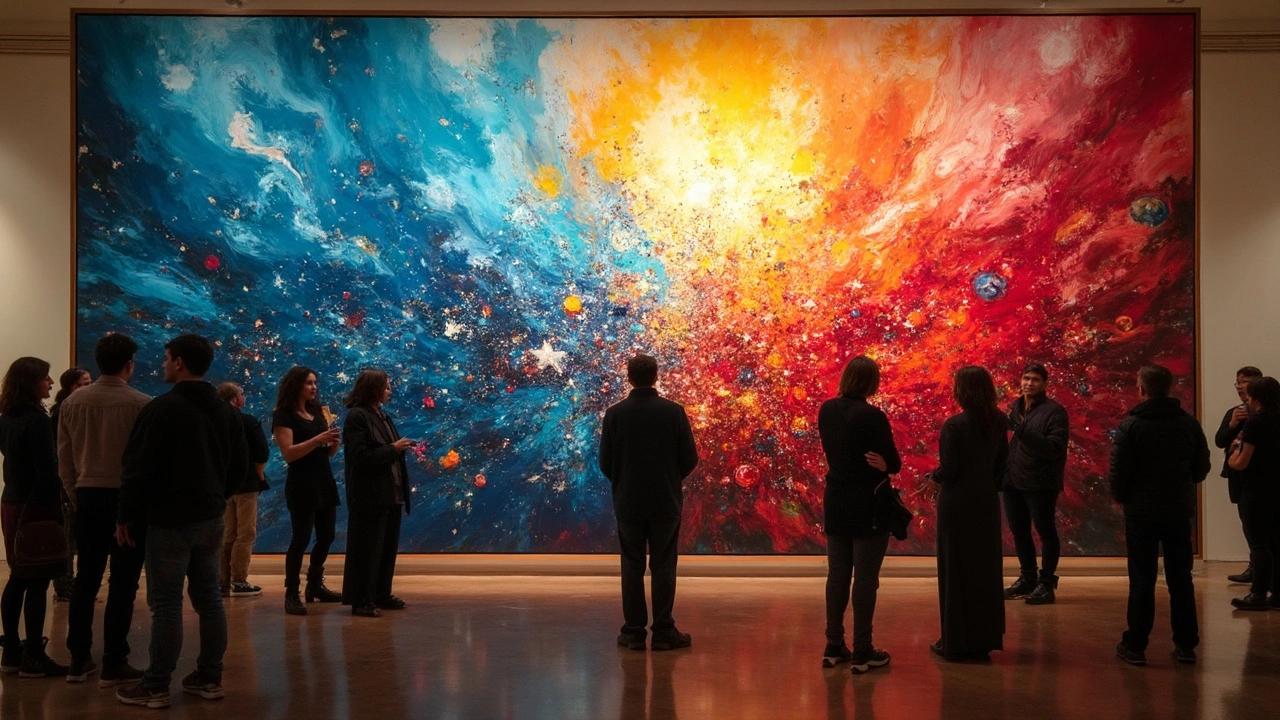Painting: Your Guide to Styles, Techniques, and Ideas
Painting grabs attention because it moves between exact skill and wild expression. On this tag page you'll find posts that explain styles, show techniques, and give real ideas you can try in your own work or home. I picked articles that cover photorealism, abstract expressionism, Bauhaus design, installation art, and more-so whether you want perfect realism or messy emotion, there's something useful here.
Start with photorealism pieces if you want step-by-step technique. Those posts break down how to build value, layer glazes, and use references so a painting looks like a photograph. If you prefer feeling and gesture, the abstract expressionism articles explain how to use color, scale, and movement to make strong work without copying a scene.
How to use these painting posts
Scan titles for what you need-technique, history, or design ideas. If you're learning, follow a technique article first, then read an artist list to see real examples. For decorating or design inspiration, check Bauhaus and avant-garde posts that show how painting ideas translate into spaces and furniture. You can mix approaches: try a photorealism study to sharpen observation, then loosen up with expressionist exercises to free your hand.
Each article on this tag focuses on a clear outcome. Some explain history so you understand why a style matters. Others give hands-on tips like brush choices, palette order, or how to set up a value study. Use the posts as short lessons: pick one idea, practice it for an hour, then pick another. Small habits add up faster than long theory sessions.
Quick tips for painters and art lovers
Work from values first. Before you choose color, block in lights and darks to fix composition early. Limit your palette to three or four colors when testing new techniques-fewer choices speed decisions and teach control. Use photo references wisely: crop photos to create stronger compositions and avoid copying every detail.
If you're decorating, think beyond the frame. Paintings influence mood through scale, color temperature, and placement. A large, cool abstract can calm a room, while a small, detailed realist invites close viewing. For public or urban projects, articles about land art and installation art here show how painting ideas expand into space and community projects.
Want to explore specific artists or movements? Check posts that list photographers, painters, and designers who shaped each style. Reading those pieces helps you spot techniques in real work and gives ideas to try in your own practice. Use this tag as a compact toolbox: pick articles that fit your current goal and return when you need a fresh technique or a new design idea.
If you prefer watching, search for artist demos and step-by-step videos linked inside several posts. Practice daily, keep quick studies, and take notes on what changes your work. Share progress with peers for honest feedback. When you read a history piece, try a small project that borrows one idea-that turns reading into real skill, and enjoy it. Keep building daily.



